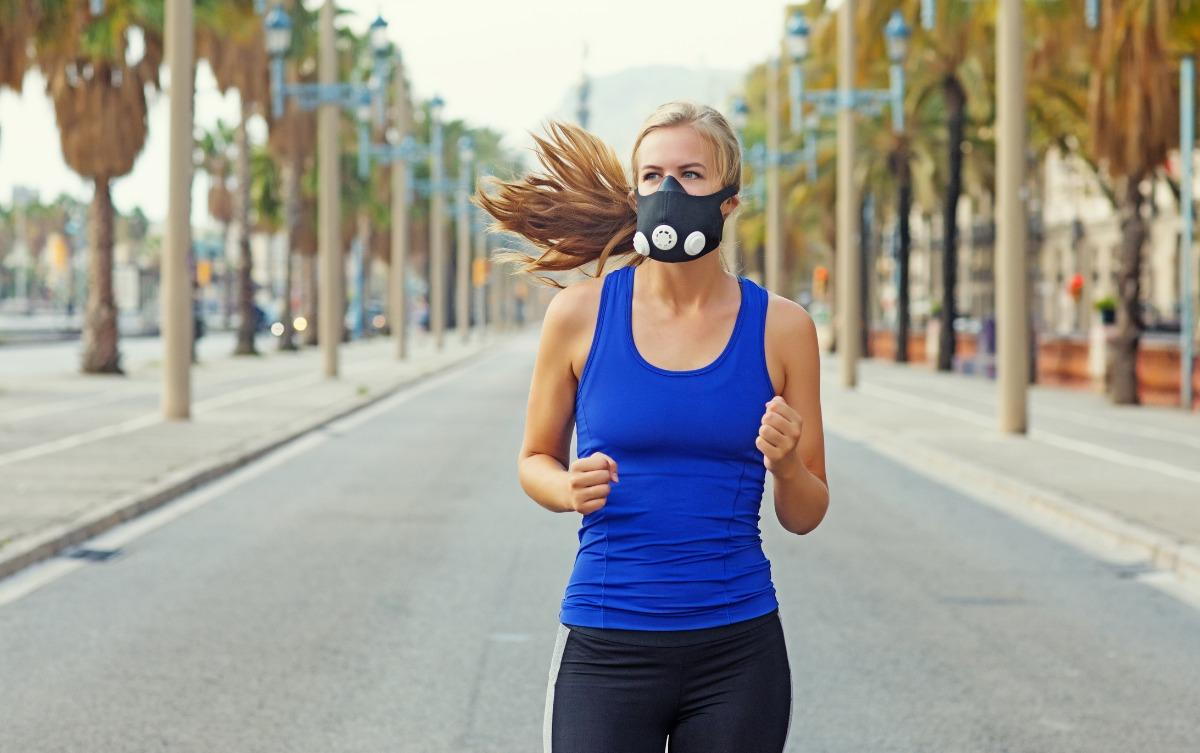
RUMOR: I should avoid running due to COVID?
TRUTH: No, but it’s complicated
The coronavirus, or COVID-19, has changed daily life, social interactions, and exercise routines for many of us. As we learned over the past several weeks, the virus can be transmitted by asymptomatic individuals who do not present symptoms. Your team at GSPORTS Physical Therapy wants to ensure you are exercising safely to help maintain physical, mental, and emotional health. This article aims to provide emerging guidelines regarding best practices for running outdoors.
Research suggests that COVID-19 is transmitted through respiratory droplets. Social distancing guidelines determine that staying 6 feet away from others greatly reduces risk of infection. However, this distance may not be enough for running: Belgian researchers found that runners are still at high risk of exposure to respiratory droplets in the slipstream, or the air directly behind a runner. The researchers suggest that avoiding another runner’s slipstream reduces risk of inhaling unwanted respiratory particles. Their new data suggests that maintaining a distance of at least 10 meters (~33 feet) away is safest when running. While this research is still in the pre-print stage, it does provide some guidelines for best practice at this time.
There are some steps you can take to avoid putting yourself at risk of contracting COVID-19 while running. The easiest way to reduce chances of being infected is to run alone and away from other people. If you see another person along the way, start distancing yourself as soon as possible rather than waiting to cross their path. Lastly, there have been some rumors about contracting COVID-19 through others’ sweat. To date, there has not been any research confirming infection through bodily secretions other than respiratory droplets. Another important factor is to take your own water supply, as opposed to drinking out of a water fountain or using a friend’s water bottle. These small actions can make a lasting impact in minimizing the spread of the virus during your run.
As the United States makes consistent efforts to flatten the curve via social distancing, it is important to adjust to this new (and hopefully temporary) lifestyle to keep us all safe. If running gives you pleasure and it is part of your routine, make sure to allocate time to do so—just make sure you are running safely. Think about your running route before you leave. Are you running in a busy area? Is it a high traffic time of the day? Do you have enough food and water to run self-sufficiently? By asking yourself these questions, you can do your part in helping slow the spread of COVID-19 while ensuring you have a fun and successful run.
Keep running, and do not hesitate to reach out to your team at GSPORTS Physical Therapy if you have any questions regarding running or physical therapy. We would be happy to help and answer them for you.
Run better, faster, safer!
Justin Jellin, DPT, ART
Program Director
Doctor of Physical Therapy
References:
https://www.who.int/news-room/commentaries/detail/modes-of-transmission-of-virus-causing-covid-19-implications-for-ipc-precaution-recommendations
http://gladiator-lab.ru/run-during-coronavirus



